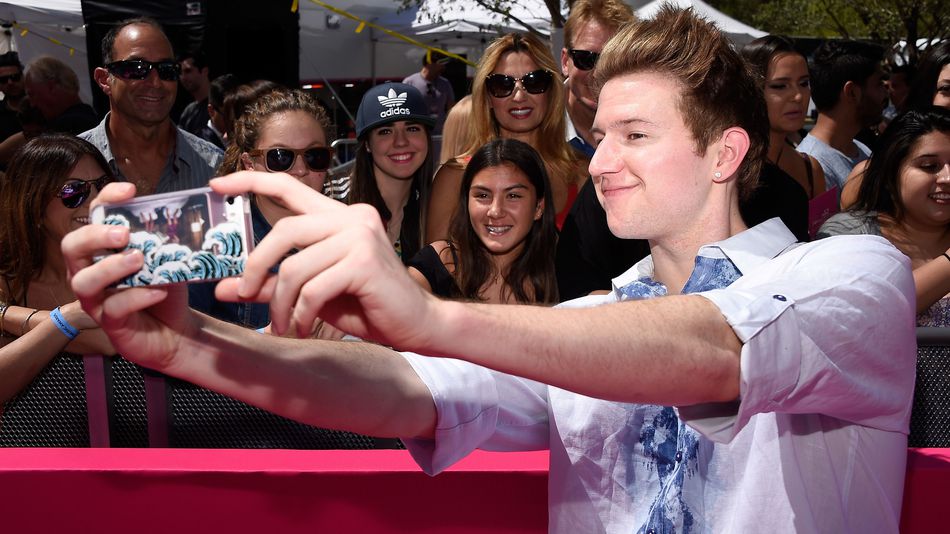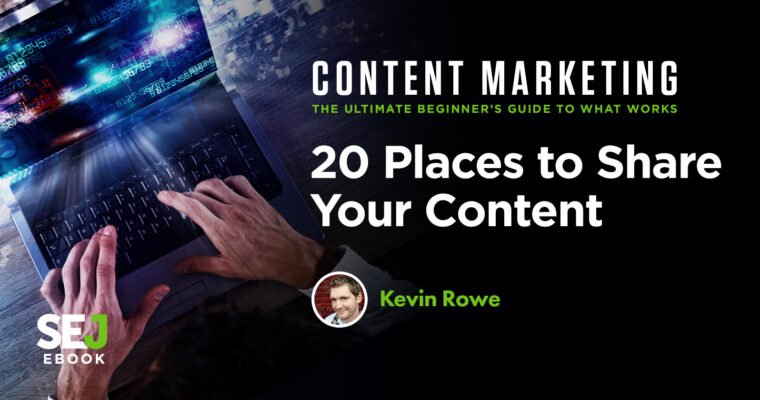Social media companies struggle with the financials of internet stardom


Ricky Dillon is 24, but his spiked bleach-blond hair and multicolored metallic nail polish that shines on his right fingers make him look younger. He has about 3 million followers on YouTube, where his specialty is “reacting funny to things,” as he puts it.
That’s an audience that Twitter and Facebook want. But Dillon rarely posts on Facebook, and he’s never used Facebook Live—“Facebook’s weird,” he said—and he hasn’t tried Twitter’s Periscope, either.
“YouTube’s like my base, everything else essentially promotes back to my YouTube,” Dillon said. He started his channel in 2009.
Dillon’s most stable revenue source is YouTube’s AdSense (he wouldn’t say how much he makes), the program Google started in 2007 that now shares revenue with tens of millions of video makers.
He makes the most money from the videos he shoots for brands: Sponsored content. He doesn’t get checks from Twitter or Facebook—but he might soon.
A few years ago, it was crazy to imagine social media companies paying anyone for being popular on their sites; the idea was for everyone to use them for free in exchange for giving up their data for ad targeting. But now Facebook, Instagram, and Twitter are making big, strategic moves into higher-quality video content and trying to pry fans away from YouTube, and they’ve been rethinking their business models.
They want to lure “creators”—the glowing term for people like Dillon who have made a career out of being original on the internet. Facebook and Twitter are realizing that if they want to get the biggest, most engaged audiences, they need to have videos that draw the most viewers. That means offering the creators a cut of their ad revenue.
“At the end of the day, content creators control engagement and control eyeballs,” said Krishna Subramanian, whose company, Capitv8, connects influencers with brands. “The more content they upload, the more engagement that happens on Facebook. And if they split revenue with creators, that will solve a huge problem creators have with the platform. People will start to post more.”
The goal is to have the most-watched videos, but also a good balance of inoffensive ads that will make everyone money. Facebook and Twitter want the Ricky Dillons of the world to post their original, unsponsored videos directly to their platforms, and for those, the question is where to cram in the commercials.
But they also have to contend with sponsored posts, where the platforms don’t see a dime. Knowing they can’t put a stop to those, the social media companies are trying to persuade creators to label them as ads; they’re also trying to persuade the brands behind the ads to pay to promote them. It’s a tricky line for social media companies to toe: Make the stars happy so they won’t go elsewhere, but keep a tight control on sponsored content so the platforms can get those ad dollars—and not alienate users.
Twitter is starting to share revenue through a program called Amplify. Mike Park, Twitter’s head of content partnerships, said the company has been hiring experts from YouTube who already have relationships with creators. His team, as well as the people at Vine, Twitter’s app for short videos, hold meetings with their most popular stars to understand how they want to build their brands.
Like YouTube, Twitter is starting to put ads ahead of its videos. The site will take only 30 percent of the revenue from sales, leaving the rest to creators—the same deal it makes with such media companies as Buzzfeed and National Geographic, according to a person familiar with the matter.
“They’re reaching a connected audience and a live audience,” said Park, who said the effort is still being tested out. “The thing that’s missing is the revenue opportunity. We’ve heard them loud and clear.”
But at Facebook, executives are against pre-roll ads because all videos auto-play as people look through their feeds. A commercial delaying the main event is too risky—users might scroll right by.
“We just want to find a model that’s going to be much more appropriate for our platform,” said Fidji Simo, Facebook’s head of video. Like Park, she’s been aggressively courting creators.
Last month she was at Vidcon, an online video conference in Anaheim, Calif., to persuade stars to bring their viral magic to the social network. Early June normally finds her in the south of France at the year’s most important advertising conference, in Cannes, building the company’s relationship with such big spenders as Coca-Cola and Walmart; this year she skipped it.
Vidcon is where Vine celebrities, Instagram queens, and masters of Snapchat converge with talent representatives, social media executives, and ad agencies. Hordes of preteens were everywhere, roaming the conference in packs to chase internet celebrities—each fan shriek a reminder of how much cash companies can make from Vine practical jokers and YouTube makeup tutorials.
Facebook had an exclusive, wristband-only lounge at the Anaheim Hilton where Simo quizzed some of the festival’s biggest names how they like to get paid.
Right now, Facebook gives straight cash to some elite stars, such as Kevin Hart, who has a $600,000 contract with the company, according to the Wall Street Journal. But Simo was working on a long-term solution to share revenue that would benefit a wider swath of creators, including the more unconventional types at Vidcon. Ads in the middle of long videos might work, she said.
“We’re going to be experimenting with a bunch of different formats for creators in the coming months,” Simo said. “It’s likely not going to be a one size fits all.”
In one early test, Facebook is sharing revenue from ads shown between videos that are suggested to users based on something they just watched. Creators would get 55 percent of the ad revenue— that’s the same cut YouTube gives.
Creators aren’t waiting for the social networks to figure out revenue-sharing, of course. They’ve already made their own side deals with brands to do sponsored posts, without going through the social media companies at all. Brands spend more than $100 million on influencer marketing every month just on Instagram, according to Captiv8. That doesn’t include all the “partnerships” that aren’t disclosed to users.
Jason Horton is a YouTube comedian with 130,000 followers. His video series includes “Awkward With Women,” in which he explores dating life. Some of those episodes are “23 Worst Pickup Lines” and “PIZZA SEX!” Ford, Nintendo, and Foot Locker have paid him for posts. He’d love to make money directly from Facebook some day, and until then he’s building an audience.
“I’m treating Facebook like it’s college,” he said. “I’m learning, I’m educating myself, and once they decide to start monetizing, I’ll be ready to go.” He thinks it’ll be another place to do his brand partnerships, or at least get a cut of revenue from the ads on what his audience sees.
Of course, a lot of people don’t disclose they’re getting a paycheck for a name check, and no one knows how many of them are out there.
Instagram used to make it difficult for creators trafficking in sponsored posts, blocking links outside the app. But now the social network lets people tag brands in their posts, which the brands can then pay to promote as official ads. Videos can now be 60 seconds, not just 15, which is better for music and makeup instructionals. Eventually, it’ll be better to give the most popular ’grammers a way to make money than block them from the app, estranging their millions of followers.
While we can’t ignore it, we need to make sure it works,” said Kevin Systrom, Instagram’s chief executive officer, in an interview with Bloomberg West in June. “It’s not OK to not know something’s an ad.”
The ads that aren’t officially bought through the system can mess up the user experience on Instagram. The company recently moved to a feed that puts things in an algorithmic order, instead of reverse-chronological order. That means Instagram now has to worry about how frequently ads show up in feeds, and they have little way of knowing if an influencer’s post about Starbucks’ latest cold brew concoction is a shill.
Systrom’s pitch to both brands and creators is that if they stay out of Instagram’s control, they won’t have all the sophisticated analytics Instagram gives its advertisers, such as summarizing the demographics and size of a campaign’s audience.
“I’m both excited that influencers have the reach they have now on Instagram, and for brands to reach their fans,” he said. “But that method of advertising is not nearly as effective as going through the Instagram system.”
It’s still an open question whether companies will buy into this and pay twice. And for the stars who have already made it big on YouTube, a slice of revenue may not make much of a difference.
Dillon has been concert touring over the past year, making international stops to prop up a budding career in auto-tuned pop music, and he also makes money from the sales of his new book, Follow Me. He wouldn’t say no to more money, but he doesn’t know if it would get him to use Facebook for more than basic communication with friends.





